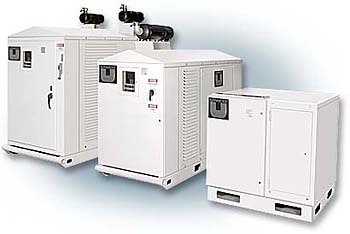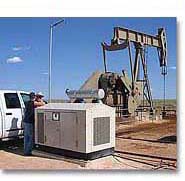
|
|
||
|
Unico extends new line of intelligent generators for the oil patch. |
||
|
|
||
|
Compares the cost of running an engine-driven generator using various fuels. |
||
|
|
||
|
New correlations added to our on-line fluid properties calculator |
||
|
|
||
|
Watch for these topics in upcoming issues. |
||
| Printer-Friendly Version | |
| Send to a Friend | |
| · Subscribe | |
| · Unsubscribe | |
![]()
| · Issue 15 | · Issue 7 |
| · Issue 14 | · Issue 6 |
| · Issue 13 | · Issue 5 |
| · Issue 12 | · Issue 4 |
| · Issue 11 | · Issue 3 |
| · Issue 10 | · Issue 2 |
| · Issue 9 | · Issue 1 |
| · Issue 8 |
![]()
Oil & Gas Automation
Solutions is a publication
of Unico, Inc.
Unico, Inc.
3725 Nicholson Rd.
P. O. Box 0505
Franksville, WI
53126-0505
262.886.5678
262.504.7396 fax
oilgas@unicous.com
unicous.com
Copyright © 2005
Unico, Inc.
All rights reserved.
All trade designations
are provided without
reference to the rights of
their respective owners.
Line of Gas-Powered Artificial Lift Systems ExpandedUnico has expanded its line of intelligent generators designed specifically for the oil patch. The Gas-Powered Artificial Lift System (GPL), which combines both power source and advanced well automation control in aThe GPL is specifically designed for continuous operation and offers an exceptional service interval and run life. Protective features and automatic restart capabilities allow the system to run unattended. The unit automatically switches between wellhead natural gas and liquid propaneFor more information on how the innovative GPL can help your operations, please contact us. |
Unico's Fuel Energy Analyzer is an on-line tool for comparing the cost of operating an engine-driven generator using various fuels. The calculator compares liquid fuels, such as gasoline, diesel oil, and liquid propane, as well as gaseous propane and natural gas. Default fuel density and energy content numbers are provided, though they may be adjusted as needed. Once the fuel cost and consumption inputs are specified, the calculator determines the energy cost per kilowatt-hour, energy consumption in BTUs per kilowatt-hour, and energy efficiency for each fuel.In Issue #6 of Solutions, we introduced a figure of merit for judging the overall electrical energy efficiency of artificial lift systems. A system that consumes 0.200 kWh or less per barrel of fluid per 1,000 feet of lift is reasonably efficient. Systems consuming more than 0.400 kWh could definitely use improvement.Assuming an overall energy efficiency of an engine/generator system of 30% allows us to calculate the figures of merit for artificial lift systems for various fuels, as shown in the table below. While gasoline is not a normal fuel for pumping systems, it has been included for perspective.
Visit www.unicous.com/oilgas/fuelcalc.php and try the Fuel Energy Analyzer for yourself.Questions? If so, please contact us. The last two issues of Solutions have discussed the Correlations Calculator, a convenient online tool for predicting the gas content and viscosity of a well using basic field measurements and statistical relationships. Thus far we've presented the Standing, Beal, Lasater, and Chew-Connally methods. In this issue, we'd like to add the Vasquez-Beggs and Beggs-Robinson methods.
|
||||||||||||||||||||||||||||||||||||||
| Field tests of methods to eliminate rod pump gas locking and interference | |
| Reducing power consumption and improving power factor of beam pumps | |
| Using a torque economizer mode to improve efficiency and reduce gearbox stress | |
| Detecting stick/slip oscillations that fatigue rod-string couplings and reduce energy efficiency of PCPs | |
| Control options to ride through power disturbances |
 convenient, fully integrated package, now ranges from 22 (30 hp) to 135 kW (180 hp).
convenient, fully integrated package, now ranges from 22 (30 hp) to 135 kW (180 hp). tank fuel sources. Optional wireless communication options allow continuous remote monitoring and control of pumping operations via a radio, cell phone, or satellite link.
tank fuel sources. Optional wireless communication options allow continuous remote monitoring and control of pumping operations via a radio, cell phone, or satellite link.